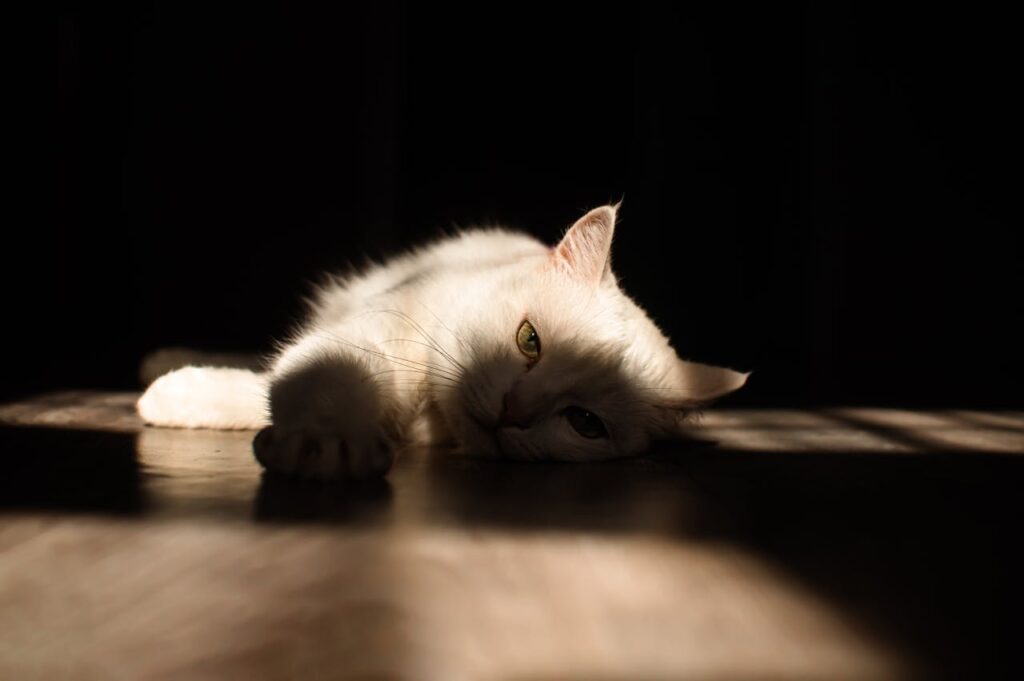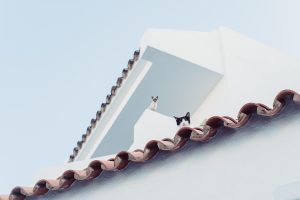
As a new cat owner, you’re embarking on a delightful journey filled with purrs, playful antics, and the occasional cuddle. However, with this joy comes a few challenges, one of which is managing and preventing hairballs. Cats, due to their grooming habits, often ingest hair, which can sometimes lead to the formation of hairballs. While hairballs are a natural consequence of feline grooming, excessive or frequent hairballs may indicate an underlying issue and can be distressing for both you and your cat. This guide will offer essential tips for preventing hairballs, ensuring your feline friend remains healthy and happy.
Understanding Hairballs
A hairball, scientifically known as a trichobezoar, is a clump of undigested hair that forms in a cat’s stomach. Cats are meticulous groomers, and as they lick their fur, tiny hook-like structures on their tongues catch loose and dead hair, which is then swallowed. Most of this hair passes through the digestive system without issue, but some can accumulate in the stomach, forming a hairball.
Why Hairballs Occur
Hairballs can occur due to several reasons:
- Excessive Grooming: Some cats groom themselves more than others, leading to more hair ingestion.
- Shedding: Cats shed more during certain seasons, increasing the amount of hair they ingest.
- Dietary Issues: Lack of fiber in the diet can slow down digestion, causing hair to accumulate.
Preventing Hairballs
Preventing hairballs is crucial to maintaining your cat’s health. Here are some actionable strategies:
Regular Brushing
One of the simplest ways to reduce hairballs is through regular grooming. Brushing your cat helps remove loose fur, preventing it from being ingested. Depending on your cat’s coat type, you may need to brush daily or a few times a week.
- Short-haired Cats: These cats may only need brushing once a week.
- Long-haired Cats: Breeds like Persians and Maine Coons require daily brushing to manage their thick coats.
Dietary Adjustments
Feeding your cat a balanced diet with sufficient fiber can help move ingested hair through the digestive system more efficiently. Consider these dietary tips:
- High-fiber Cat Food: Opt for specially formulated cat foods that promote digestive health and reduce hairball formation.
- Wet Food: Incorporating wet food into your cat’s diet can increase hydration, aiding in digestion.
- Fiber Supplements: Consult your veterinarian about adding fiber supplements to your cat’s diet if needed.
Hydration is Key
Ensure your cat has access to fresh, clean water at all times. Proper hydration supports digestion and can help prevent hairballs.
Encourage Exercise
Regular physical activity can help keep your cat’s digestive system active and efficient. Engage your cat with toys, climbing structures, and interactive play sessions to promote exercise.
Use Hairball Remedies
There are several commercial hairball remedies available, such as gels and treats that can help eliminate hairballs. These products often contain mild laxatives or lubricants that aid in passing hair through the digestive system.
When to See a Veterinarian
While occasional hairballs are normal, frequent or severe hairballs may indicate a more serious issue. If your cat exhibits the following symptoms, consult your veterinarian:
- Frequent coughing or gagging without producing a hairball
- Loss of appetite or weight loss
- Lethargy or changes in behavior
- Constipation or diarrhea
Conclusion
Hairballs are a common aspect of cat ownership, but with the right strategies, they can be effectively managed. Regular grooming, dietary adjustments, hydration, exercise, and the use of hairball remedies are all essential components of a proactive approach to hairball prevention. By taking these steps, you will not only reduce the frequency of hairballs but also enhance your cat’s overall health and well-being. Remember, a happy cat means a happy home!
As you become more attuned to your cat’s needs, you’ll gain confidence in addressing health concerns like hairballs, allowing you to enjoy a fulfilling and harmonious relationship with your feline companion. Welcome to the wonderful world of cat ownership!
#ChatGPT assisted in the creation of this article.







